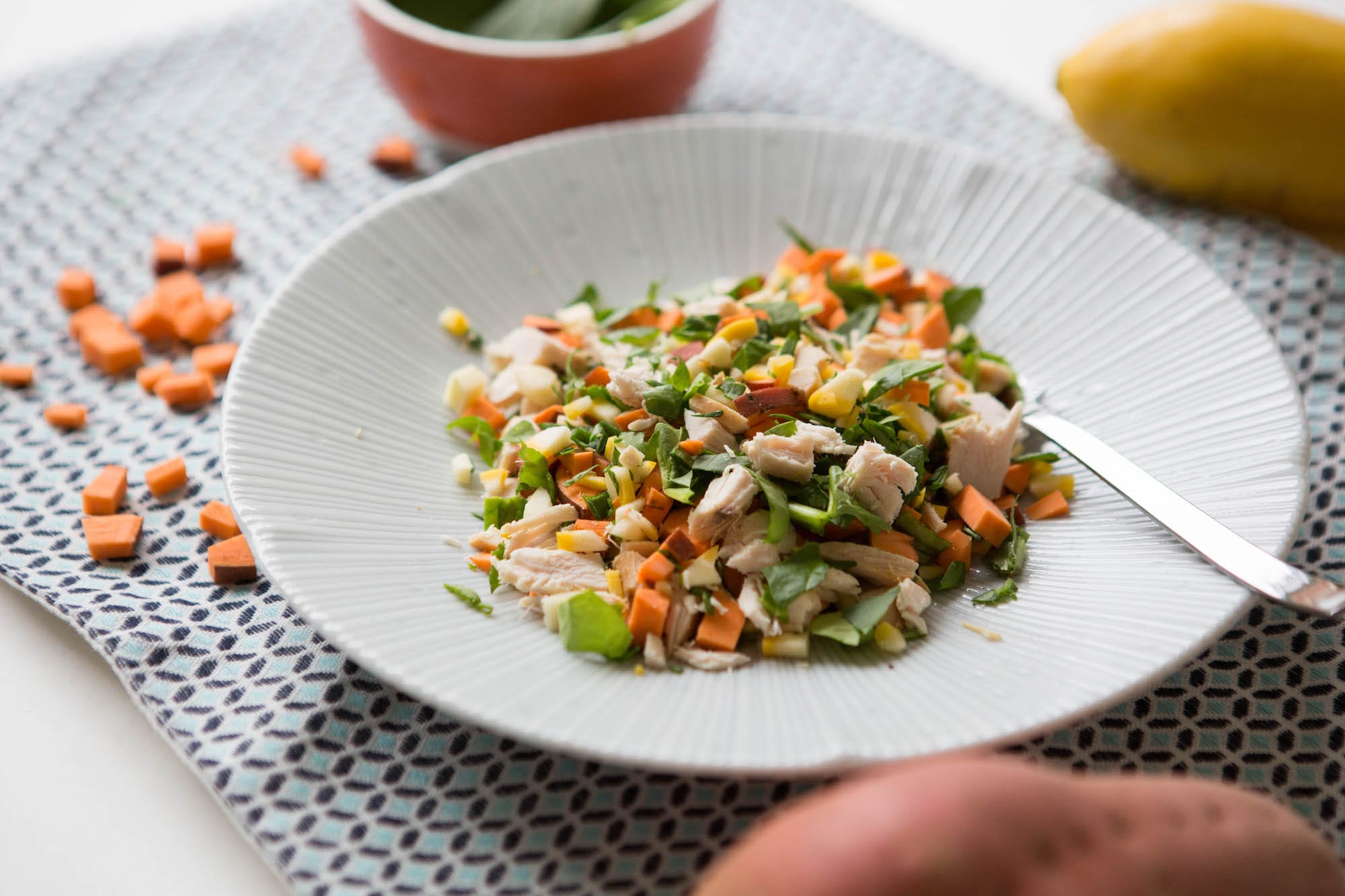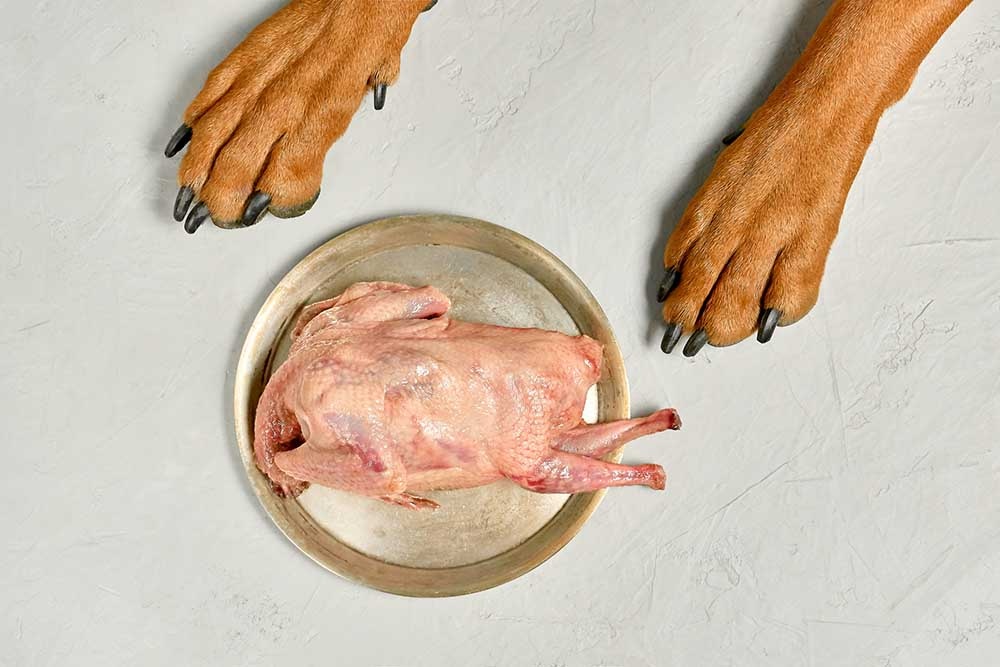Learn : Food & Nutrition
The Truth About Treats - Tasty, but Not Equal
When it comes right down to it, it isn't the act of giving treats that encourages us to do it, but the reactions from our pets that make it all worthwhile. In 2008, veterinary nutritionists in both the United States and Australia discovered via survey that approximately 41% of dogs and 21% of cats received treats daily, either as part of their routine or as part of a meaningful interaction with their pet parents. This small sampling of parents offers a snapshot into the actions and encounters that are known as the Human-Animal Bond. We as humans enjoy the ability to give and provide for our pets, and we are rewarded by the positive relationship we gain in return. In this, the veterinary community cautions that while treat giving is an excellent path to forming a bond, a higher frequency and amount can lead to obesity.
From Pig’s Ear to Blueberry Biscuit
Treats have changed radically in the past few decades. While pig’s ears, rawhides, and bacon flavor products still occupy the shelves of our hometown pet stores, they have lost considerable space to a greater variety of flavored biscuits, grain-free meat patties, tiny training treats, freeze-dried meat, and dog-safe ice cream. The dog food industry reports that this growing diversity seems to correspond not only with a change in how we have come to view our pets but also with innovations in human snacking. As our eating habits now aim for healthier seeming foods, so are those that we choose for our dogs and cats. Today treats make up 16% of what Americans spend yearly on pet care and food.
From ‘Oh Boy!’ to Obesity
Because of this grand variety, it’s important to keep in mind balance. Given in moderation, there isn’t a single ‘bad’ pet treat, but as in human food, there can be too much of a good thing. Veterinary nutritionists recommend that dog treats and snacks from all sources shouldn’t exceed 10% of the daily calorie intake. Any more than that and the nutritionally imbalanced treats can begin to interfere with dog foods carefully balanced to provide the right amount of nutrients to our pets.
For the average ten pound dog that only needs 300 calories per day, that allots him only 30 calories towards treats and snacks. With this in mind, a full small strip of a traditional bacon-flavored dog treat can be upwards of 300 calories, a pig’s ear can average 180 calories, and a ‘light calorie’ biscuit can be 30 calories. For comparison, one medium carrot can be 21 calories, a plain rice cake 40 calories, and a tablespoon of peanut butter can be 80 calories. These treats can add up quickly, sometimes doubling or even tripling the amount of calories our ten-pound canine receives each day.
According to the Association for Pet Obesity Prevention, over 56% of dogs and 60% of cats are overweight. A study in pet obesity found that given the choice, pet parents would rather reduce the amount of food that we feed our dogs than to reduce the amount of treats. We love the interaction that treats can give us. Fixing this particular outlook can be a tough one for both pet parents and vets to tackle, but it can be done.
Treat Conscientious
As pet parents, our job in preventing pet obesity starts with treats. Because treat-giving is interaction-based, and not amount-based, there are a number of ways to reduce caloric input without reducing the number of treats.
Size Reduction. Our ten-pound canine doesn’t really need that entire strip of chicken or beef jerky treat twice daily. Instead, cut up that soft, chewy treat into tons of little jerky slivers. Not only does it provide the treat factor while reducing the calories our pets get, it also helps to stretch that bag of treats a lot farther. This calorie saving trick just became a money-saving trick as well! You can also choose to buy smaller biscuits and treats. Single calorie training treats are a good alternative to high-calorie pet snacks. Designed to be given in large amounts for training purposes, these tiny treats are more available than ever.
Veggies From the Table. Many dogs love carrots, celery, and green beans. Given fresh, frozen, or steamed (without sauce!) these low calorie, low sugar vegetables can be excellent natural replacements for traditional dog treats. For dogs that beg at the table (and are rewarded), these veggies can provide a low-calorie alternative to the saucy, high-calorie beef and chicken. Chop them up into smaller pieces to increase longevity.
Ditch the Treats AND the Mealtime. Another resourceful and cost-effective option is to ditch meal times altogether and use your dog’s daily allotment of food as dog treats, instead. Some veterinary behaviorists recommend using the food for training, behavior modification, and general interaction. Not only does this eliminate treats from the diet, but it encourages us as pet parents to interact in creative ways with our dogs.
Check the Labels. If you’re going to go the route of tiny treats or breaking up larger treats, check the labels first. AAFCO, the Association of American Feed Control Officials, started requiring pet diet and treat companies to label the calculated calorie content of their foods in order to help pet parents better gauge how much they were feeding their dogs. This information is often found on the label near the ingredient or nutrient profiles.
Where to Go With Questions
No matter what route you choose when providing healthy treats for your pets, a word of caution should be considered for dogs and cats that have allergies to particular foods or ingredients. Because your vet knows your pet’s care best, speak with them about what treats might work best. They can also advise you to the appropriate amount of calories your pet should receive daily based on weight, age, and activity level.



 Benefits Of A Fresh Diet
Benefits Of A Fresh Diet
 Probiotics For Dogs
Probiotics For Dogs
 What Is A Raw Dog Food Diet?
What Is A Raw Dog Food Diet?
 Facts About Kibble
Facts About Kibble
 What Is AAFCO?
What Is AAFCO?
 Probiotics and Pet Health
Probiotics and Pet Health